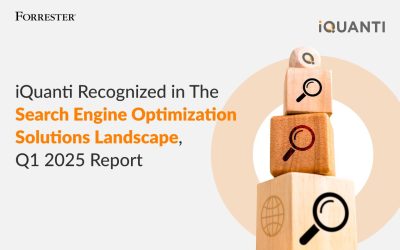A small bank or credit union won’t have the same marketing budget – or branch footprint – as the big national banks. But that doesn’t mean small financial institutions are always at a disadvantage to their large competitors.
Local community banks have unique strengths, such as in-depth knowledge of their area, to leverage. And thanks to the scalability offered by online marketing, even the smallest banks can get on an equal (digital) footing with the competition.
As a community bank marketer, here’s how you can differentiate yourself digitally to boost website visits and conversions.
Think local with events
Because a local community bank’s biggest strength is its ties to the community, consider how you can grow your hyperlocal presence.
Events, like picnics or parties, are a great way to increase your visibility on a small budget. A local event gives you the opportunity to offer information about your products and introduce consumers to the people behind the bank.
To generate more engagement, your events should be more general in nature and less banking-specific. Your goal should be to get consumers to think of you as a local community partner. A great way to do this is to plan activities that improve the quality of life in your community.
But because your event planning should also be responsive to your business goals, you must be strategic about your promotional efforts. Coin a unique, long-tail search term to use in your digital marketing. For the fictional Bank of Miami, a good phrase might be “Wynwood Bank of Miami picnic 2019”.
Develop locally focused content
In general, a community bank’s web content should be local in nature. Talk about what’s going to engage end users in the area. Interviews with owners of local restaurants (or other businesses) are one possibility. Don’t be afraid to get creative!
To promote a local event, you’d want to publish a short (500-to-600-word) blog post with the unique event keyphrase included. A best practice is to insert the keyphrase in the post title, and near the top or bottom of the post itself.
If your bank website allows, code your blog posts in AMP – it’s a quick shortcut to better SEO. Google, as one of the creators of AMP, often rewards AMP content with better search rankings. AMP articles also load more quickly on mobile, making for a better mobile user experience.
Add schema markup to blog posts, as well, for details like addresses, dates and times. Schema supports SEO by helping search engines interpret content.
Leverage social channels and social ads
Once you have your event-focused blog post, be prepared to promote it.
A few weeks before the event takes place, push the blog article via social channels and put a few dollars of daily spend behind social ads. The advantage to social media is that it offers very granular targeting, so you can be sure you’re reaching consumers in the right ZIP codes. Plus, like AdWords, social networks allow for precise control of ad spend. You can set a “ceiling” for daily spend to stay within your budget.
With a couple weeks of this low-cost social promotion, you’ll be able to build a following for your event. Social shouldn’t be your only promotional channel, of course. Email is another low-cost digital marketing tool. And because the event will be offline in nature – i.e., non-digital – you’ll want to promote it in-branch, too.
The Final Word
Local community banks may not be able to match national banks’ marketing spend, but they can compete online by taking a highly targeted approach. By identifying and promoting opportunities for local engagement, community banks and credit unions can grow their on-the-ground presence and win new business.





